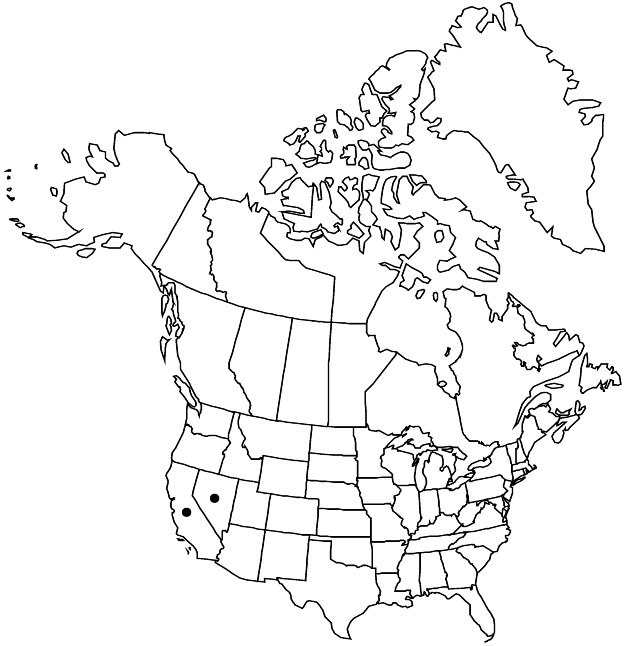Eriogonum ampullaceum
Leafl. W. Bot 1: 179. 1935.
Herbs, erect, 1–3 dm, glabrous, yellowish green to gray. Stems: aerial flowering-stems erect, 0.2–1 dm, glabrous. Leaves basal; petiole 0.5–4 cm, tomentose; blade orbiculate to subcordate, 0.5–2 (–2.5) × 0.5–2 (–2.5) cm, white-tomentose abaxially, tomentose to floccose and grayish or greenish adaxially. Inflorescences cymose, open, narrow, 5–25 × 5–10 (–15) cm; branches glabrous; bracts 0.5–1.5 × 1–2 mm. Peduncles absent. Involucres terminal at tips of slender branchlets at least proximally, not appressed to branches, turbinate-campanulate, 1.5–2 × 1.5–2 mm, glabrous; teeth 5, erect, 0.5–0.8 mm. Flowers 1–1.5 mm; perianth cream, reddish green to reddish proximally, glabrous; tepals monomorphic, obovate; stamens exserted, 1–1.5 mm; filaments pilose proximally. Achenes brown, lenticular, 1–1.3 mm.
Phenology: Flowering Jul–Sep.
Habitat: Sandy flats and slopes, sagebrush communities, pinyon-juniper, conifer woodlands
Elevation: 1700-2200 m
Discussion
Eriogonum ampullaceum is the Great Basin counterpart to E. mohavense of the Mojave Desert. It is found along the eastern edge of the Sierra Nevada in Mono County, California, mainly in the Bridgeport, Mono Lake, and Long Valley areas (south of Mammoth). It occurs also in Alkali Valley in Mineral County, Nevada, and to the south in Fish Lake Valley of Esmeralda County. The species recently has been seen as a roadside weed along U.S. Highway 395 near Big Pine in Inyo County, California. The plants typically are infrequent and only occasionally locally common. The species is considered “sensitive” in Nevada.
Selected References
None.
Lower Taxa
"narrowing" is not a number."dm" is not declared as a valid unit of measurement for this property.
